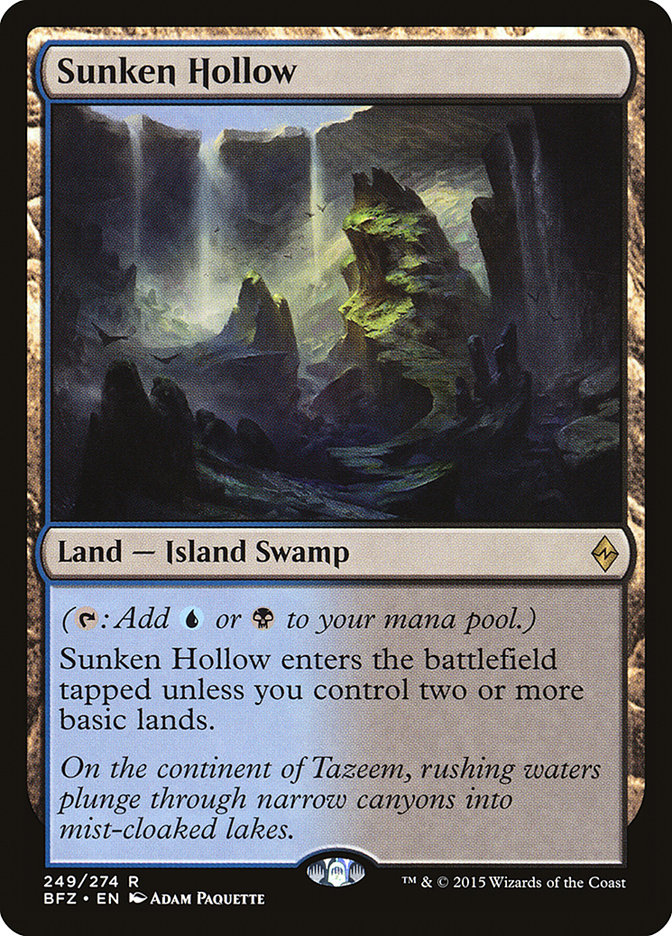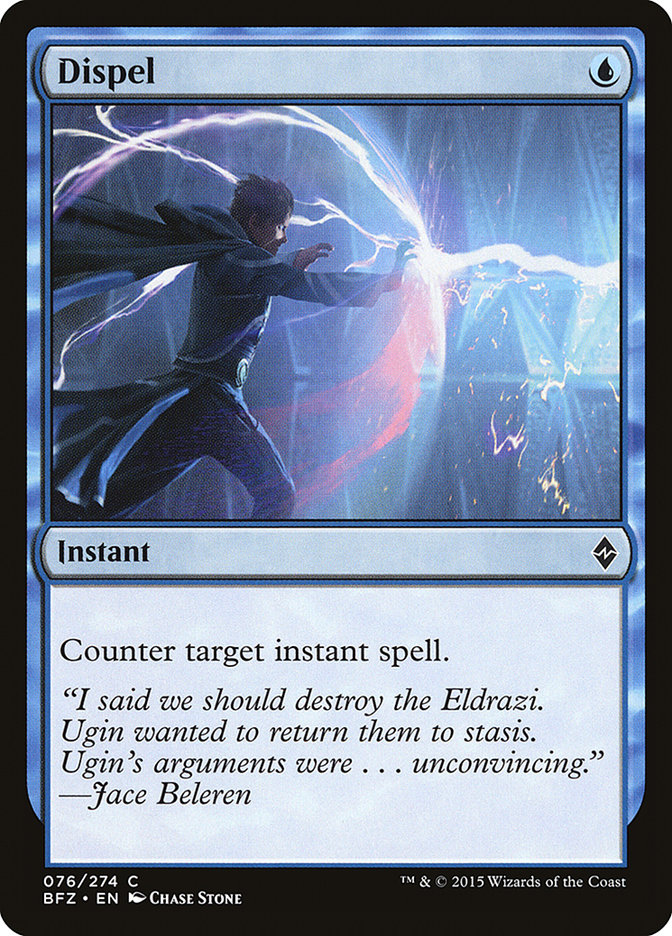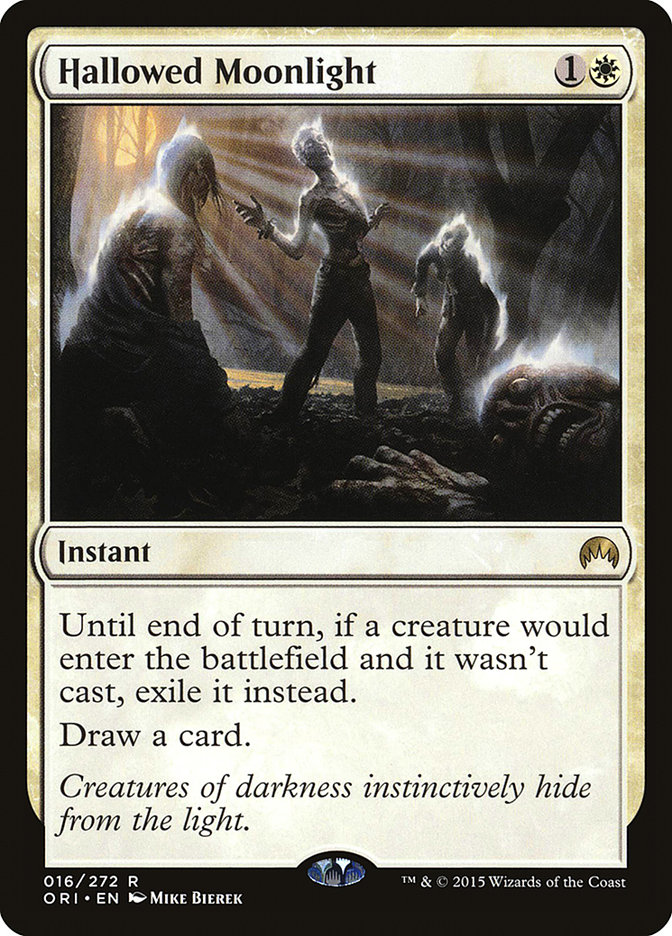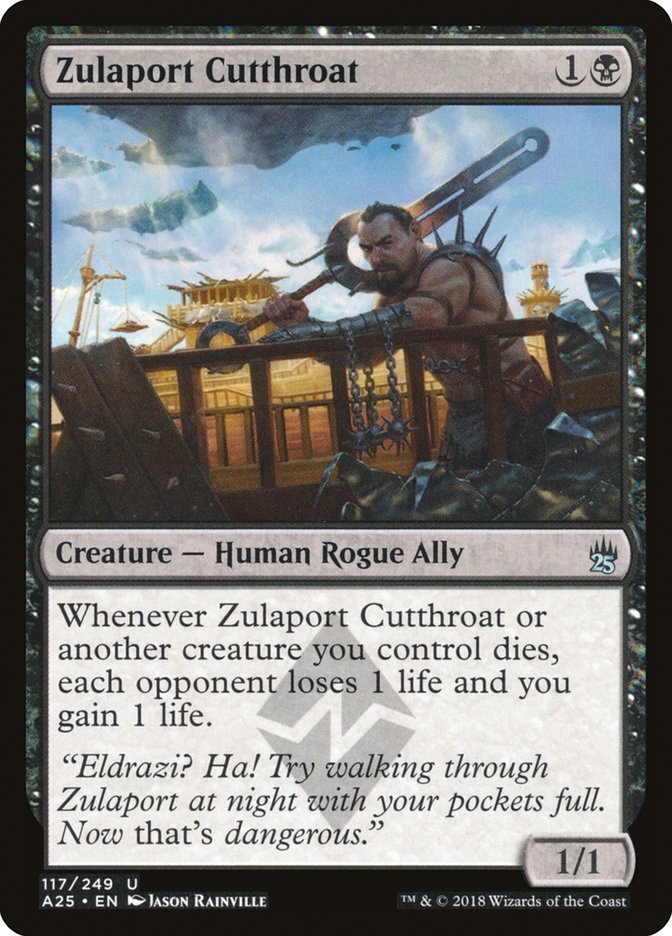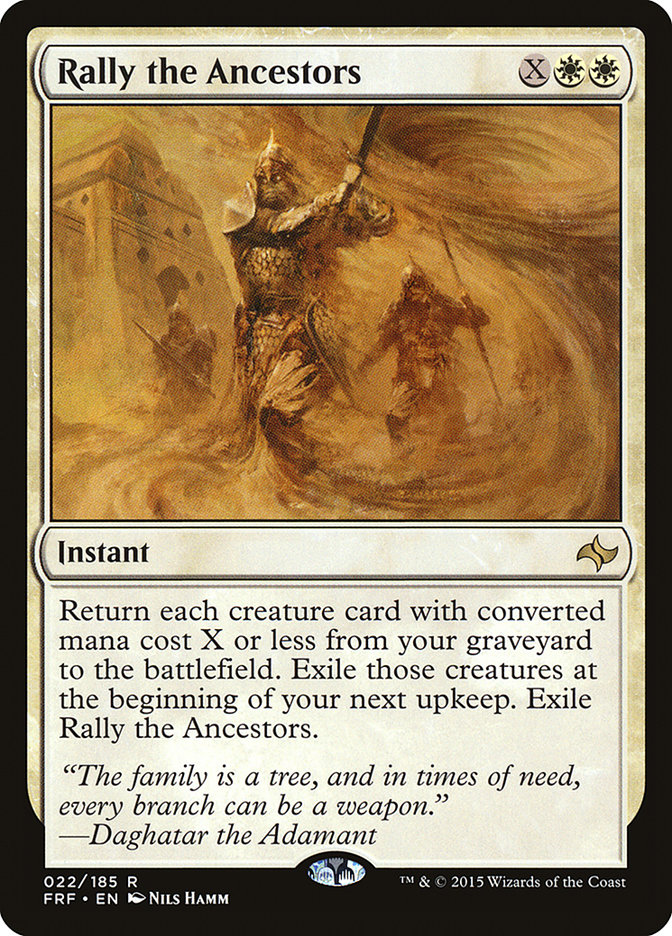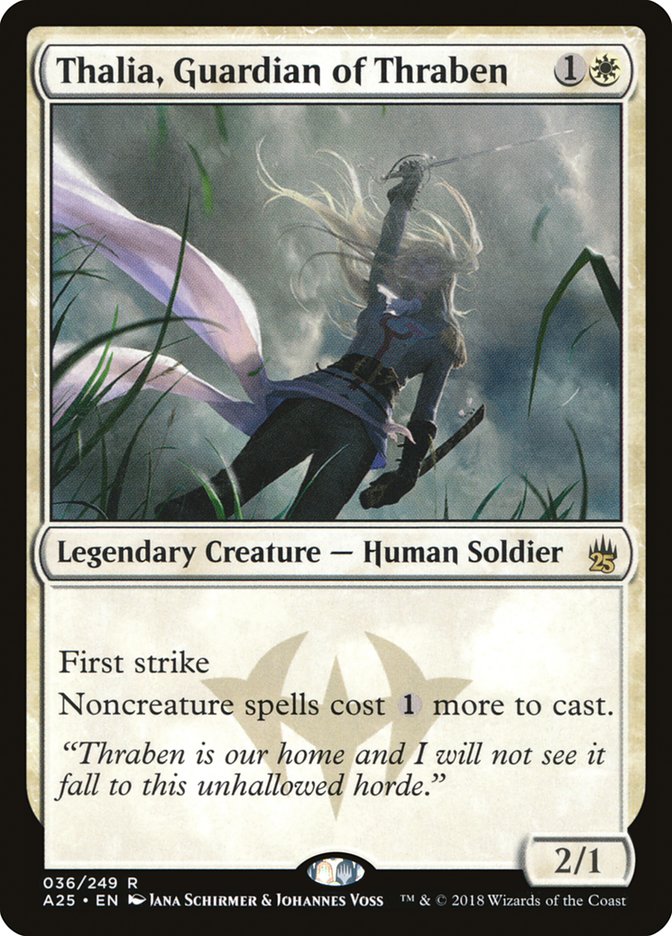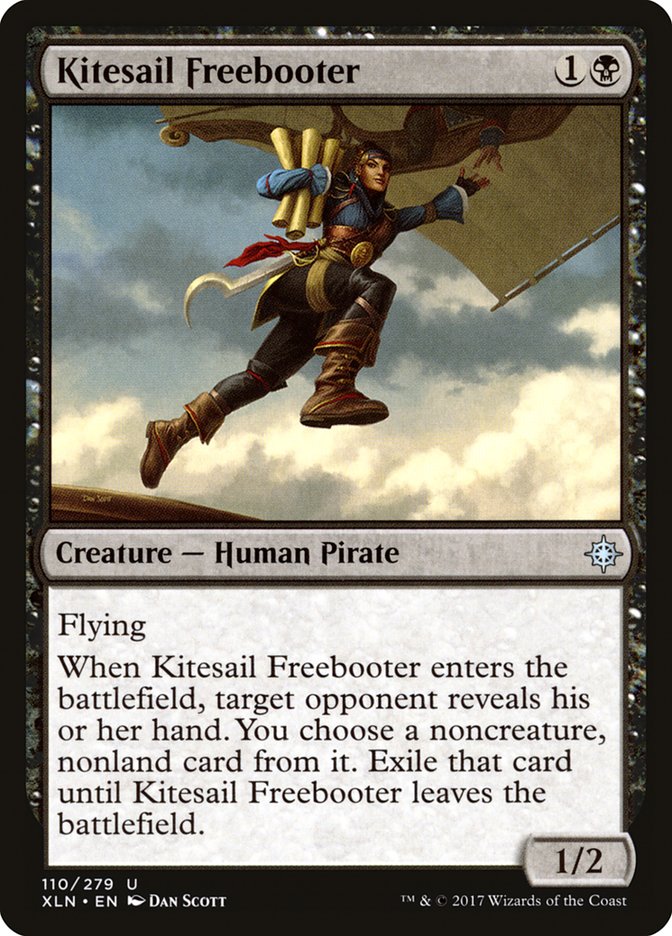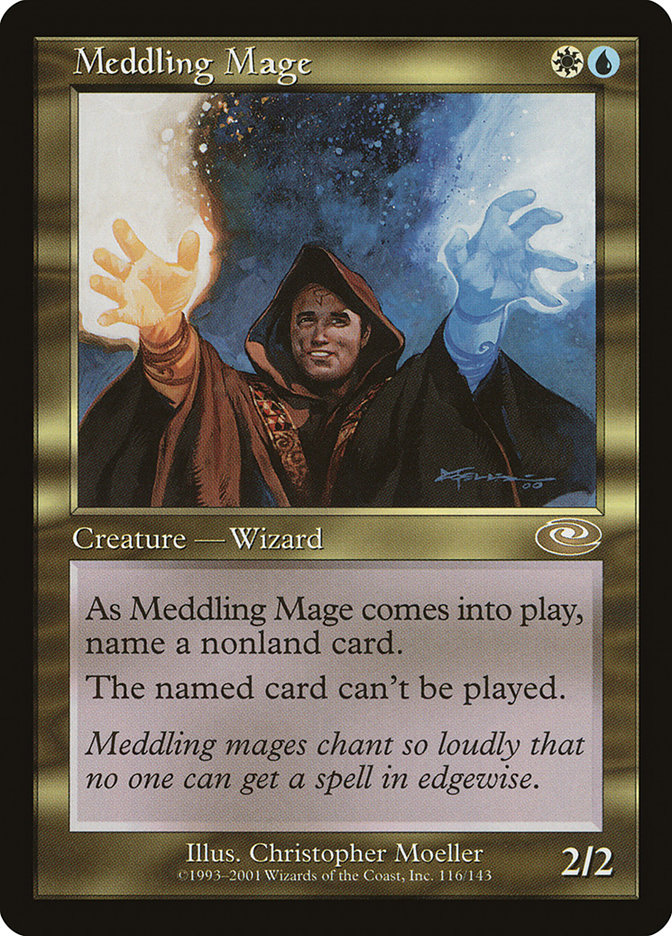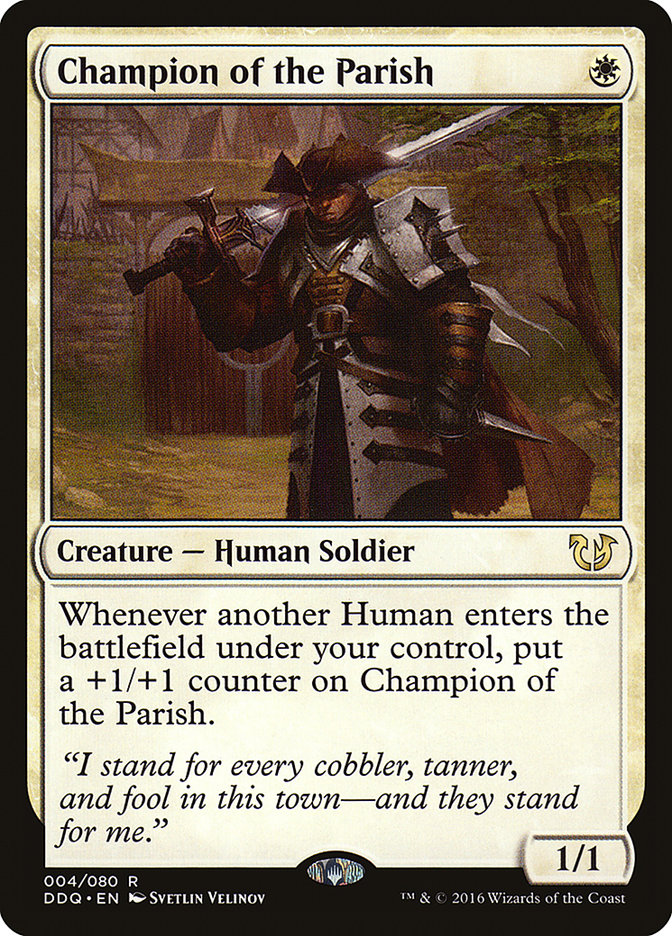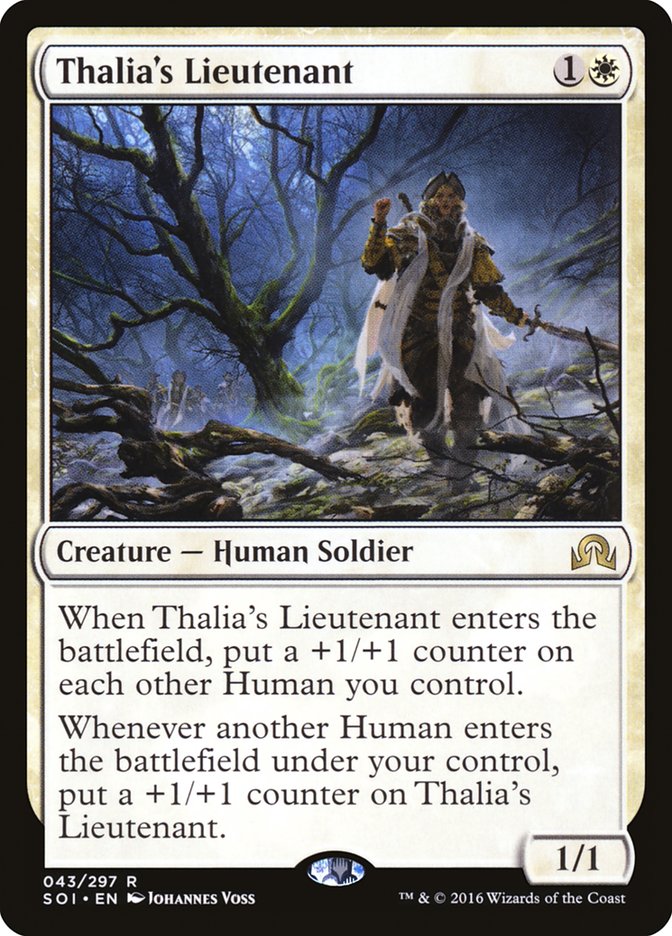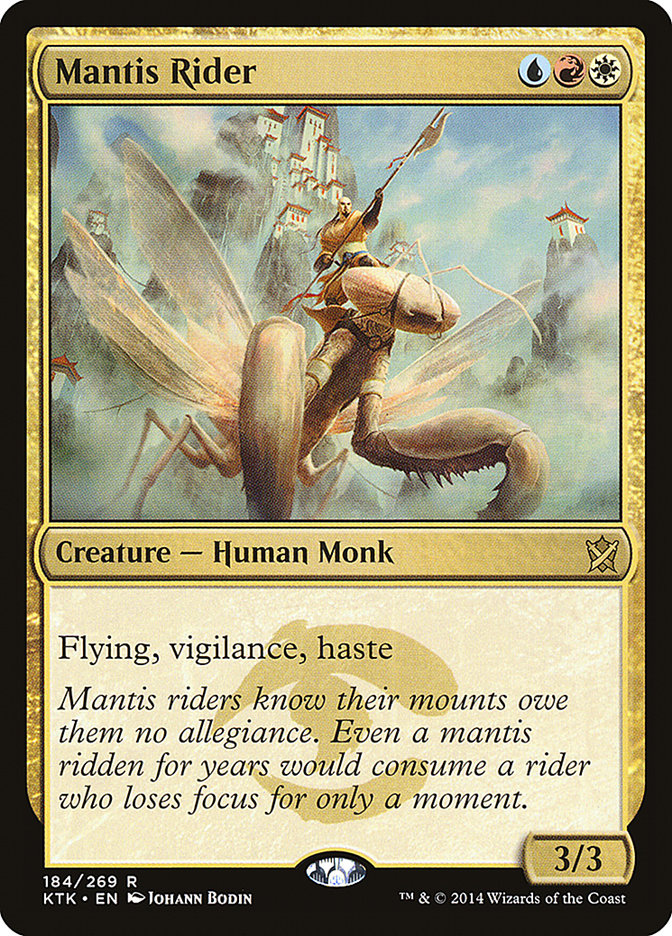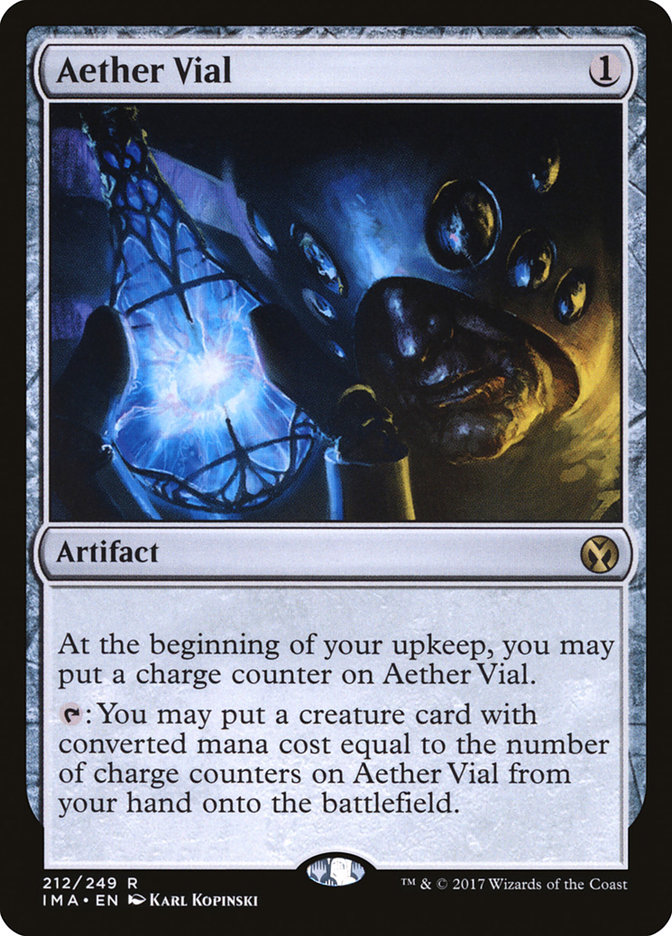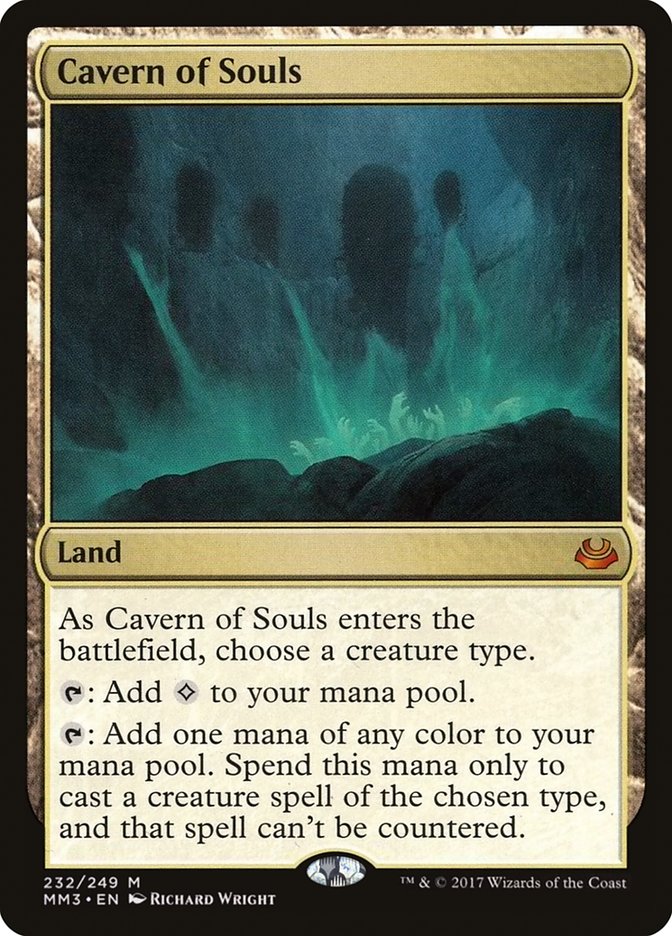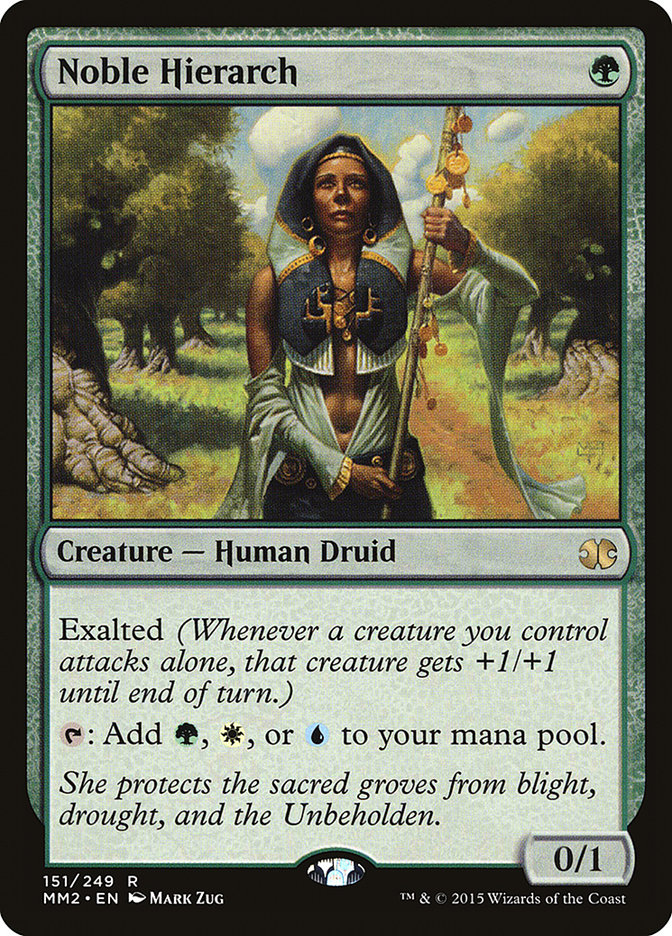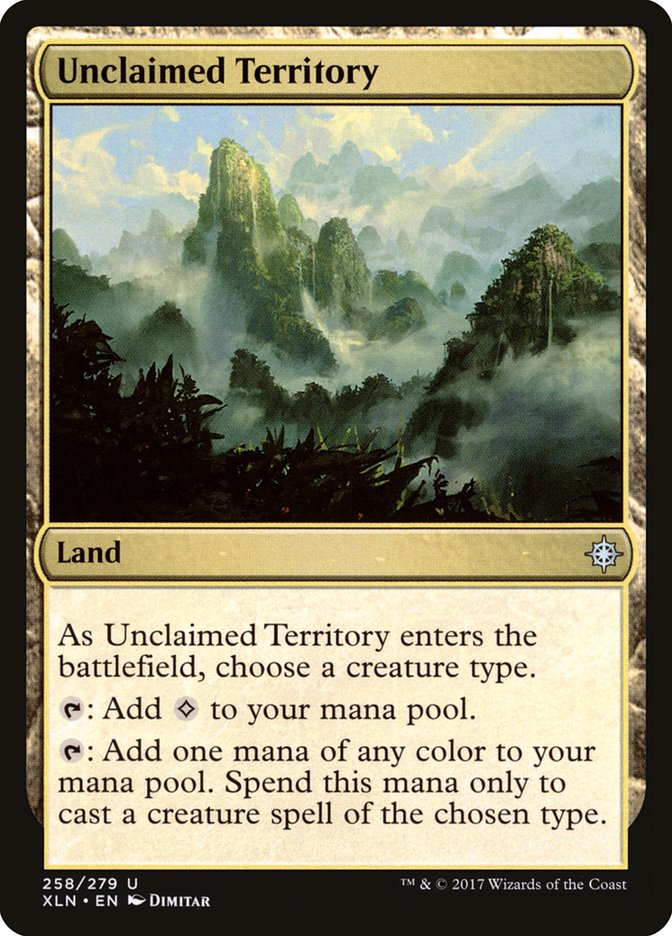Humans is the best deck in Modern. Period.
We can spend time arguing the deck’s matchups, results, or positioning, but looking at the last six months or so, Humans’ presence is undeniable. The fact that it’s still succeeding illustrates that there’s some combination of the deck truly being great and people refusing to properly respect the archetype. Regardless of these two points’ distribution, Humans is what you should be playing in Modern if your goal is to consistently do well.
I don’t use these words lightly and wouldn’t put my name to them if I didn’t think it true. The last time I said something to this effect it eventually ended up getting me a job. Like the old Rally the Ancestors decks of Standard’s past, Humans tends to abuse an axis that the format isn’t quite prepared to handle. The way that Humans does it is a bit subtler and takes some explaining.
Comparing to Older Formats
Creatures (28)
- 4 Nantuko Husk
- 4 Elvish Visionary
- 3 Grim Haruspex
- 3 Sidisi's Faithful
- 4 Jace, Vryn's Prodigy
- 3 Catacomb Sifter
- 4 Zulaport Cutthroat
- 3 Reflector Mage
Lands (24)
Spells (8)

Four-Color Rally did several things that Modern decks tend to do and operated at a power level that most Standard decks aren’t equipped to handle.
Like Modern and Legacy, Four-Color Rally had near-perfect mana because of the interaction between fetchlands and battle lands that featured basic land types. This meant the deck wasn’t particularly restricted on what cards it could play.
On top of utilizing the Collected Company + Jace, Vryn’s Prodigy engine to have a near-endless supply of creatures and cards, the mana in the deck meant that it could play the best answers to the cards that would naturally prey on a go-wide strategy.
Speaking of cards that are nice answers to answers, how embarrassing are sweepers when the go-wide creature deck wants its creatures to die?
Creatures (37)
- 4 Meddling Mage
- 1 Dark Confidant
- 4 Noble Hierarch
- 3 Phantasmal Image
- 4 Champion of the Parish
- 4 Thalia, Guardian of Thraben
- 1 Kessig Malcontents
- 4 Mantis Rider
- 3 Reflector Mage
- 4 Thalia's Lieutenant
- 4 Kitesail Freebooter
- 1 Dire Fleet Daredevil
Lands (19)
Spells (4)

Humans isn’t particularly different.
Sure, it isn’t as contextually egregious as Rally was in its heyday, but it’s doing several things on a power level that Modern isn’t consistently equipped to handle. Creatures have received an enormous power boost in the last decade or so. When looking at Legacy decks, there tends to be a formula: old spells and new creatures. It’s unsurprising that we’ve reached a point at which the best deck in Modern is literally lands, Aether Vials, and creatures.
Look at all of these Legacy-playable cards:

Now look at these cards in the Humans deck:

Despite limiting itself to creatures, Humans’ ability to attack from so many angles is what makes it so difficult to counter. If it were just a matter of changing a couple of sideboard cards, we wouldn’t see something as linear as a 37-creature deck seeing so much success for so long.
Using Competition as an Advantage
“What?”
Stay with me.
One of the biggest boons for Humans is that Modern is diverse. If something wanted to fight through the mix of disruption and pressure that Humans presents, it’s generally going to have to assemble some sort of synergy (a la Lantern Control) or be a deck that’s incredibly dedicated to answering creatures.
Both strategies are reasonable at beating Humans, but it’s a similar situation to the U/W Merfolk decks during Eldrazi Winter. Sure, beating up on Eldrazi Humans is cool, but you still want to win the tournament.
Earlier this week our own Collins Mullen talked about the cyclical nature of Modern’s metagame in his article on beating Humans. Part of what isn’t really accounted for in the article is people’s tendency to stick to their pet decks in the format, and the fact that picking the right deck for the weekend doesn’t always equal tournament success.
That isn’t to say it’s completely irrelevant, but Modern is the most diverse tournament format in the history of Magic. Sometimes the anti-creature deck is going to be a great call for the tournament, only to play against Storm, Ad Nauseam, and Tron all day.
All of that is to come back around that beating Humans generally requires a hard anti-creature stance, and it can be difficult for those decks to fight their way through an entire tournament. This results in people being disincentivized from playing them, and not wanting to risk their tournament on something that’s so reactive.
This being the sort of “required” flavor of linear that defeats Humans being fair and removal-heavy, rather than something more proactive, is rooted in the flavors of disruption that Humans tends to utilize.
Forcing “Fair” Fights
Creating a synergy just isn’t going to happen with any semblance of consistency. The disruptive package that Humans has to offer knocks most of the unfair decks off-balance. It’s hard to be linear and spell-based when the deck can just create multiple copies of Meddling Mage via Phantasmal Image.
Because of Humans’ existence and success, we’ve seen a marked atrophy in Storm’s footing in the context of Modern, with similar strategies seeing themselves out as well. This has caused a surge of decks that fall a bit fairer on the archetype-spectrum, with Snapcaster Mage in particular gaining a fair bit of stock as games lengthened into longer and grindier affairs.
There’s a problem there, too.
These guys all do their fair share of killing fair decks and embarrassing conditional removal…
….while these cards go a long way towards making sure countermagic is never relevant, each fighting it in varying degrees of efficacy.
With counterspells not looking great, and conditional removal being worsened over the course of a game, the next reasonable direction to look is sweepers.
“Guess who’s back… Back again…”
Consistently hitting a sweeper generally demands playing enough copies of the same card to reasonably expect to draw it in the early turns of the game. Playing several copies of the same card is punishable by uncastability.
What’s the solution? Diversifying.

The problem with diversification is there’s a reasonable shift in effect from card to card. Sure, the uncounterable clause on Supreme Verdict is incidental against Humans, but it looks really stupid to have Wrath of God countered by Stubborn Denial out of Death’s Shadow or Spell Pierce from Affinity. Exiling on Settle the Wreckage doesn’t matter that much…until the creature deck has Selfless Spirit and/or Xathrid Necromancer on the table.
This is all to say that Humans is great at putting a squeeze on players during a part of the game that many decks don’t tend to attack: deckbuilding. Humans gains points in-game by forcing players to register cards that are suboptimal, all in the name of dodging Meddling Mage.
What many players haven’t quite figured out yet is that it’s okay to just play the best cards. Sometimes it’s gonna suck to lose against Meddling Mage. Most of the time, it isn’t that outlandish to use spot removal on Meddling Mage and then the sweeper of choice to mop up everything else.
Until players collectively internalize this during their deckbuilding, Humans is going to continue getting free percentage points in tournaments on a macro level, due to their bad matchups continuing to dilute their card choices in the name of dodging a glorified Grizzly Bear.
Obligatory Banning Discussions
It isn’t really possible to have a deck succeed for any extended period of time in Modern without some talk of bannings arising. I try to avoid getting involved in the discussions (I’ve made my opinions on said banlist known on this very site), but the discussion does provide some framework for discussing the most powerful aspects of the deck.
Assuming that WotC were interested in banning something out of the deck, the card banned could be several different things depending on what they intended the ban to accomplish.
Phantasmal Image is the go-to card for a “slap on the wrist”-styled ban that only has a huge impact on Humans. It was touched on a bit earlier, but Phantasmal Image is one of the deck’s most innocuous tools at a glance but goes a long way at making the difference between closing the door and slamming it shut.
Decks without card selection (aggro decks in particular) tend to have some issues with consistency. This is relatively old hat, but Phantasmal Image works as a sort of card selection in Humans. While it was only used as an example for the disruptive package earlier, the fact of the matter is that Phantasmal Image:Humans :: Snapcaster Mage:Control decks. Like Snapcaster Mage, Phantasmal Image isn’t ever going to count as the first copy of the most important card in the matchup, but once that first copy is found, the game gets infinitely harder for the opponent.
In a racing situation, having an effective eight copies of Kitesail Freebooter or Meddling Mage isn’t going to be the best. But what about having an effective eight copies of Thalia’s Lieutenant? Mantis Rider?
Despite having an underlying reliance on pre-existing functionality, Phantasmal Image is the card that makes sure Humans gets to reliably do its thing for fifteen or more rounds in a row.
Moving further down the “specifically have an effect on Humans” scale, the suite of five-color lands in the deck is next on the list of offenders. It only takes curving Noble Hierarch into Kitesail Freebooter into Mantis Rider one time to realize that there may be something inherently busted going on.
My gut says that Cavern of Souls would be the card to go, but it’s possible that it would hurt other tribal decks and Primeval Titans too much to be realistic. Hitting Unclaimed Territory would likely just force the deck to revert to something closer to Collins Mullen’s original manabase, featuring fetchlands and shocks:
Creatures (36)
- 4 Meddling Mage
- 4 Noble Hierarch
- 4 Champion of the Parish
- 3 Mayor of Avabruck
- 4 Thalia, Guardian of Thraben
- 4 Mantis Rider
- 3 Reflector Mage
- 4 Thalia's Lieutenant
- 2 Thalia, Heretic Cathar
- 4 Kitesail Freebooter
Lands (20)
Spells (4)

For reasons outlined earlier in the article, the deckbuilding restrictions presented by these cards are becoming less and less restrictive as time goes on. At face value, they’re fine. That changes quite a bit when we consider the fact that today’s litmus test for a creature is that it has some sort of spell stapled on it. Cavern of Souls and Unclaimed Territory aren’t just forcing Tarmogoyfs and Lord of Atlantis onto the table.
(As a bit of a personal aside, Cavern of Souls predating Unclaimed Territory makes it feel as if WotC hadn’t appreciated the power level of Cavern of Souls upon its printing.)
Similar to the problem with cards like Birthing Pod and Green Sun’s Zenith, the more creatures that are printed, the more powerful Aether Vial becomes. Is a one-drop Mox too good for Modern? What about Sol Ring with suspend 2? One-mana Gilded Lotus with suspend 3?
Aether Vial strikes me as the “real” problem card in the deck and what enables the decks most busted draws. The biggest strike against its banning is that it would irreparably affect decks that are already having trouble. It’s hard to imagine a world in which Lord of Atlantis and Flickerwisp decks have any kind of longevity without access to Aether Vial.
It’s likely that banning Aether Vial would even knock Humans down from the position it currently commands down to the fringes of playability. When it comes to aggressive strategies in the format, there’s a sort of unspoken rule related to deck’s nut draws: If an aggro deck’s nut draw isn’t particularly, well, “nutty,” then it’s hard to justify playing it over something like Affinity.
Why play a deck that folds to many of the same strategies but with fewer free wins?
All of that only encompasses the mana gained from Aether Vial. Compound that with the flash it grants. Now throw in the uncounterability. Then the value of being able to put Meddling Mage on the table with no chance for the opponent to respond to its existence between when the Aether Vial’s ability resolves and Meddling Mage is revealed to be the card it’s producing.
The mana production, flash, uncounterability, and secrecy provided by the card make it far too good for Modern. That being said, it’s a pillar of the format and there are certain cards that tend to get overlooked largely in part due to how iconic they are in the context of their respective formats.
***
As far as best decks go, Humans is a pretty great one. It isn’t particularly oppressive, operates on a fair axis, and feels like Magic. If we’re at the point of banning cards from tribal deck that’s almost exclusively creatures and wins without any kind of combo kill, what are we hoping to achieve with the bans?
Playing Responsibly
In the interest of putting my money where my mouth is, here’s the 75 I’ve submitted for #SCGKY:
Creatures (37)
- 4 Meddling Mage
- 1 Dark Confidant
- 4 Noble Hierarch
- 4 Phantasmal Image
- 4 Champion of the Parish
- 3 Thalia, Guardian of Thraben
- 1 Kessig Malcontents
- 4 Mantis Rider
- 4 Reflector Mage
- 4 Thalia's Lieutenant
- 4 Kitesail Freebooter
Lands (19)
Spells (4)

This isn’t an article to sell you on the single card choices I have; it’s to say that playing Humans is the way to play responsibly in Modern. It isn’t unbeatable, but we have the numbers to see that it is, in fact, good enough across the board to be the best deck in the format. You can’t force anybody to play something, one way or another, but if you’re entering a tournament in a format that has a defined “best deck,” you better have a damn good reason not to register it.



